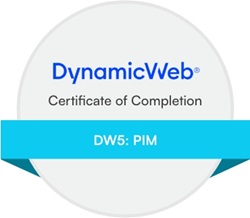Posted on 18/11/2021 12:15:11
Hi Tina
>>when you choose that your headline should be a headline 1, you would also expect that it will be an h1 in the markup
You expect this because you understand. Most editors out in the companies do not understand this. They have no clue what H1 is and why it is important.
We have a lot of customers and made 100s of solutions on Rapido and we know that this is the case. We have researched a lot, including this. We are also aware that some editors (a select few) have a better understanding and want to control markup.
And yes you can guide regular users, and today they understand and remember, but in a month or 2 they have totally forgotten.
On Rapido it worked like you request. And users want the same size of headline all the way down the page, and they choose the same heading because of that - often giving many h1s in the markup. And then SEO 'experts' react.
Swift content editing is not a tool for frontend developers, seo experts or other web professionals. It is made for editors that has other capacities and Swift has to act as much as possible as a tool to support them with as little web specific knowledge as possible.
We understand that there are different types of editors, requirements, preferences and approaches out there and want to address that as much as possible. But not at the cost of overall simplicity and understanding for the largest group of end users. Right here in content editing, regular users is the focus.
But as I initially suggested, we will probably give you the option to choose H-tag in a seperate setting so you can have markup like this:
- <h1 class="display-5">
- <h2 class="h1">
- <h3 class="h1">
BR Nicolai












